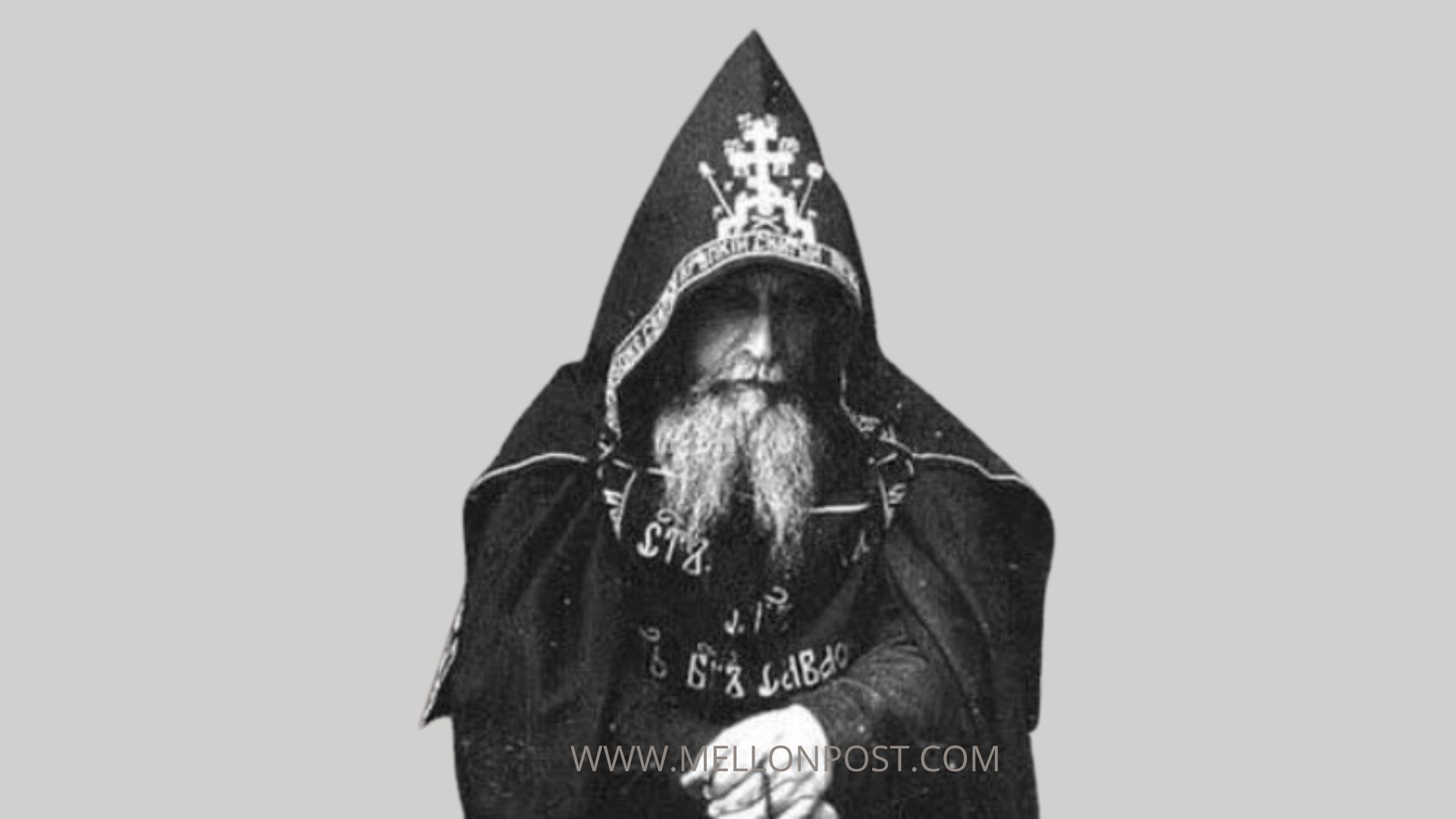
Why Mihailo Tolotos never saw a woman in his lifetime
Table of Contents
Mihailo Tolotos: The Man who never saw a woman
Mihailo Tolotos is a remarkable figure in history, known for his extraordinary life as a monk on Mount Athos, Greece. Born in 1856 in Halkidiki, he tragically lost his mother shortly after birth and was left an orphan. The monks at the Mount Athos monastery took him in, raising him within the confines of their strict monastic community, where the presence of women was entirely forbidden.
Early Life and Monastic Upbringing
Tolotos’ life began under dire circumstances. After his mother died during childbirth, he was abandoned at the monastery. The monks, adhering to a long-standing tradition known as the “Rule of Avaton,” which prohibits women from entering the area, raised him in a secluded environment.
This rule, established in the 10th century, aimed to maintain the monks’ commitment to celibacy and spiritual purity. It ensured that the monks could devote themselves entirely to their religious practices without the distractions of the outside world, including the presence of women.
As he grew up, Tolotos lived a life devoid of many modern experiences. He never encountered a woman, nor did he see cars, airplanes, or movies—common elements of life for most people. His entire existence was confined to the monastery, where he engaged in prayer, manual labor, and the ascetic lifestyle that characterized the monastic community.
A Life of Solitude and Spiritual Pursuit
Mihailo Tolotos lived for 82 years, passing away in 1938. His life is often highlighted as an extreme example of devotion and solitude. He reportedly never expressed curiosity about the outside world or the opposite sex, relying solely on the descriptions provided by his fellow monks and any literature available to him. The absence of women in his life was not merely a personal choice but a fundamental aspect of the monastic rules that governed his upbringing.
The life of a monk on Mount Athos is one of strict discipline, where silence and solitude are valued. The community, comprising around 2,000 monks living in 20 monasteries, is physically and spiritually isolated from the rest of the world. This isolation is reinforced by the prohibition of women, which extends even to female animals, with the exception of female cats, which are allowed for pest control.
Death and Legacy
Tolotos’ death was marked by a special burial ceremony conducted by the monks, who revered him as a unique figure—believed to be the only man to have lived and died without ever seeing a woman. His story garnered attention beyond the monastery, appearing in various publications, including the Edinburgh Daily Courier, which chronicled his life of seclusion.
Despite the intriguing nature of his life, some skepticism surrounds the veracity of Tolotos’ story. Critics point out the lack of official historical records to substantiate his existence and question the authenticity of claims regarding his complete isolation from women. However, the monks’ accounts and the newspaper articles contribute to the narrative of a man who epitomized monastic dedication.
Cultural Context and Modern Implications
Mount Athos is recognized as a UNESCO World Heritage Site, attracting visitors interested in its rich history and spiritual traditions. However, the ongoing enforcement of the avaton rule has sparked debates about gender equality and the relevance of such restrictions in modern society. While many appreciate the unique cultural heritage of Mount Athos, others criticize the exclusion of women as outdated and discriminatory.
Mihailo Tolotos’ life story serves as a poignant reminder of the extremes of human experience within the framework of tradition and spiritual pursuit. His existence, untouched by the modern world and its complexities, invites reflection on the nature of solitude, devotion, and the human condition.
The legacy of Tolotos continues to resonate, symbolizing a life dedicated entirely to spiritual enlightenment, albeit at the cost of experiencing the richness of human relationships and the world beyond the monastery walls.
Continue reading: How Queen Elizabeth II became the longest-reigning Monarch of England

